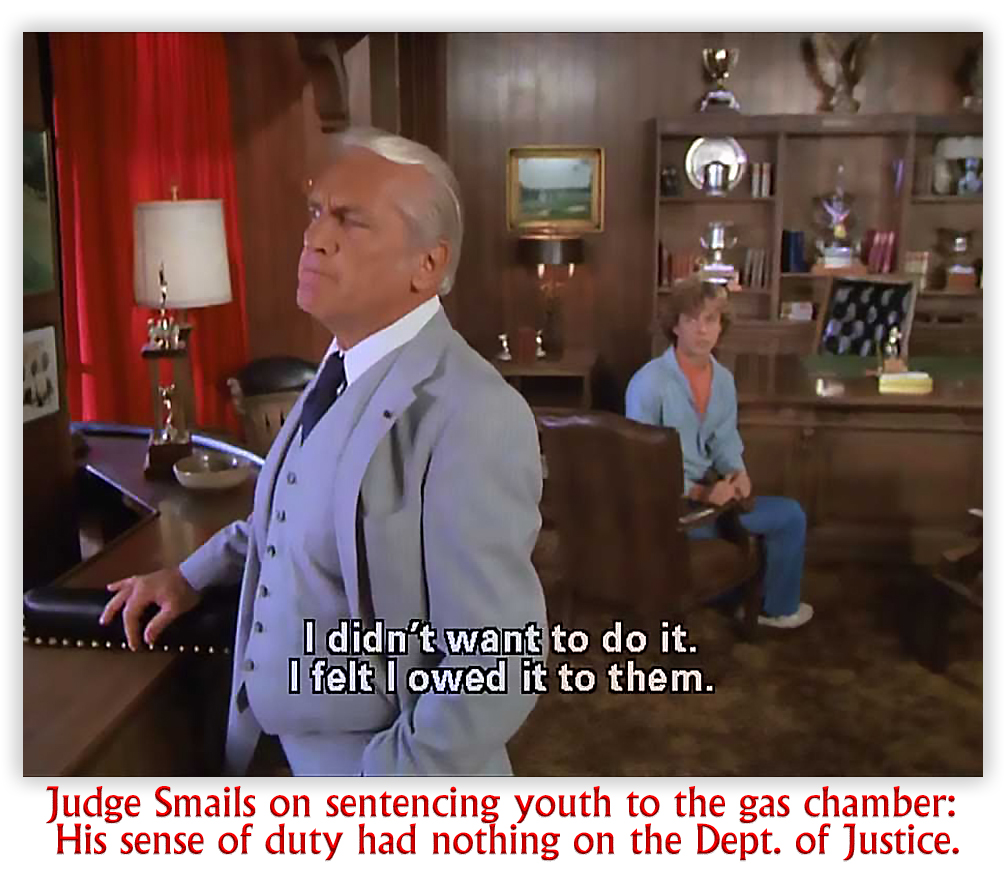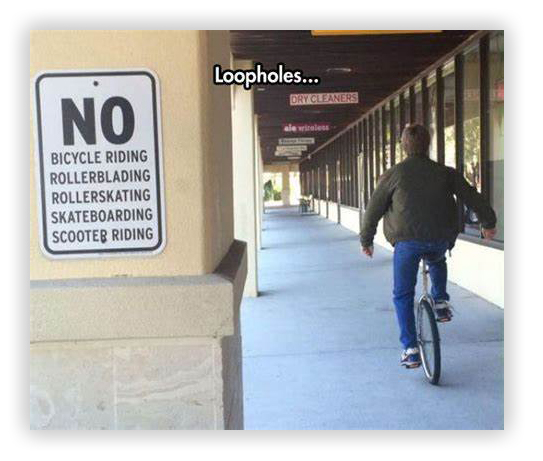We post news and comment on federal criminal justice issues, focused primarily on trial and post-conviction matters, legislative initiatives, and sentencing issues.

ACQUITTED CONDUCT AND THE HOPEMONGERS
The House of Representatives’ passage of the Prohibiting Punishment of Acquitted Conduct Act of 2021 (H.R. 1621) ten days ago appears to be chum on the water for some hope-mongering sharks who prey on inmates.
 I already have heard from one person who is busy hiring an outside “research” service to evaluate his case to tell him whether he’ll benefit from the Prohibiting Punishment of Acquitted Conduct Act. For everyone’s benefit, here are two things to keep in mind.
I already have heard from one person who is busy hiring an outside “research” service to evaluate his case to tell him whether he’ll benefit from the Prohibiting Punishment of Acquitted Conduct Act. For everyone’s benefit, here are two things to keep in mind.
First, the Act has not passed the Senate. It may. It may not. It may pass, but with different text, and then a conference committee will have to work out compromise text.
Second, the Act will apply to very few cases. It does not necessarily apply to relevant conduct. It does not apply to conduct not mentioned to a jury. If you did not have a jury trial, it does not apply (unless you were acquitted of the same conduct in a prior federal or state trial).
Finally, it is very unlikely that the Act will be retroactively applied to people already sentenced. The bill does not specify that it applies retroactively. Such bills are usually presumed not to be retroactive. Read 1 USC § 109 and Dorsey v. United States before you decide the courts will open their doors to post-conviction motions seeking resentencing because Prohibiting Punishment of Acquitted Conduct Act passes.
No reputable legal services company will take any money now to tell you whether you can get any sentencing benefit from the Prohibiting Punishment of Acquitted Conduct Act. It’s just too premature.
Prohibiting Punishment of Acquitted Conduct Act of 2021 (HR 1621)
Dorsey v. United States, 567 US 260 (Supreme Ct., 2012)

SPEAKING OF PREMATURE…
George Fower was sentenced to 24 months, but before he self-surrendered to the Bureau of Prisons, he sought compassionate release under 18 USC § 3582(c)(1)(A)(i) on the grounds he was very susceptible to COVID. Because he was not yet in prison, George found the statute’s administrative exhaustion requirement challenging, but he wrote to the warden of the prison to which he was to surrender in a month’s time, and later to the BOP’s Designation and Sentence Computation Center, the Regional Director and the Bureau of Prisons General Counsel.
Thirty days later (while still not in custody), George filed his compassionate release motion. The district court denied it, holding in part that “compassionate relief is not available to a defendant not in custody.”
Last week, the 9th Circuit agreed. It noted that the First Step Act amended the compassionate release statute only to allow the prisoner, rather than requiring BOP, to file the motion. At no time in the history of the “matrix of statutory and other enactments,” the Circuit said, were the BOP’s powers ever extended to grant it jurisdiction over those who had yet to commence their incarceration.
 It makes sense that the BOP has no place to play in compassionate release prior to a prisoner’s incarceration, the 9th noted. “The statute states that the defendant’s request must be addressed to ‘the warden of defendant’s facility,’ which cannot be known until there has been a designation by the BOP. This is further evidence that the statute contemplates that the defendant must be in a BOP facility before qualifying for compassionate relief.”
It makes sense that the BOP has no place to play in compassionate release prior to a prisoner’s incarceration, the 9th noted. “The statute states that the defendant’s request must be addressed to ‘the warden of defendant’s facility,’ which cannot be known until there has been a designation by the BOP. This is further evidence that the statute contemplates that the defendant must be in a BOP facility before qualifying for compassionate relief.”
The 9th suggests that before a defendant self-surrenders, he or she may ask the district court to delay sentencing or to extend the surrender date.
United States v. Fower, Case No 21-50007, 2022 U.S. App. LEXIS 8919 (9th Cir., April 4, 2022)
– Thomas L. Root






 Thirty-two
Thirty-two




 The 7th Circuit last week held that the same rule benefitted Rashod Bethany. Rashod was sentenced for a crack conspiracy in 2013, but later won a
The 7th Circuit last week held that the same rule benefitted Rashod Bethany. Rashod was sentenced for a crack conspiracy in 2013, but later won a 










